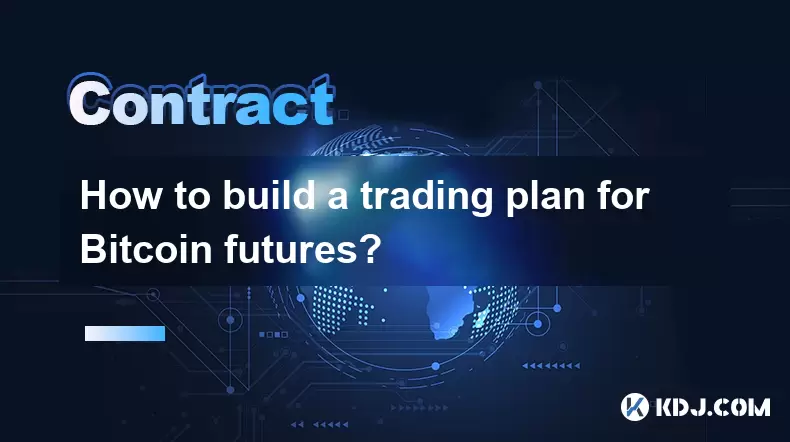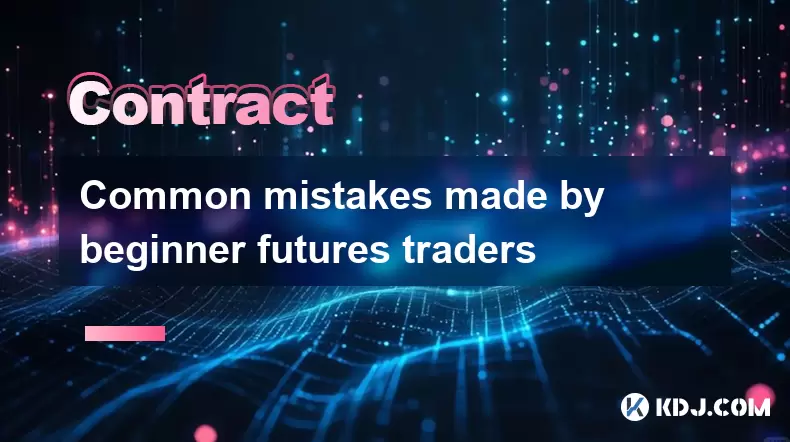-
 Bitcoin
Bitcoin $118,698.3676
0.16% -
 Ethereum
Ethereum $3,428.4877
5.97% -
 XRP
XRP $3.2496
9.52% -
 Tether USDt
Tether USDt $1.0002
0.00% -
 BNB
BNB $725.6930
4.36% -
 Solana
Solana $174.8923
4.52% -
 USDC
USDC $0.9997
-0.02% -
 Dogecoin
Dogecoin $0.2139
6.02% -
 TRON
TRON $0.3155
4.62% -
 Cardano
Cardano $0.8045
7.12% -
 Hyperliquid
Hyperliquid $46.6582
-1.72% -
 Stellar
Stellar $0.4676
0.80% -
 Sui
Sui $4.0143
0.38% -
 Chainlink
Chainlink $17.1546
2.97% -
 Hedera
Hedera $0.2458
3.27% -
 Bitcoin Cash
Bitcoin Cash $496.5967
-0.06% -
 Avalanche
Avalanche $22.8813
3.13% -
 Shiba Inu
Shiba Inu $0.0...01439
3.42% -
 UNUS SED LEO
UNUS SED LEO $8.8389
0.42% -
 Toncoin
Toncoin $3.2113
2.82% -
 Litecoin
Litecoin $101.2646
4.24% -
 Polkadot
Polkadot $4.2262
2.32% -
 Monero
Monero $340.4295
2.92% -
 Pepe
Pepe $0.0...01365
2.92% -
 Uniswap
Uniswap $8.9702
-2.78% -
 Bitget Token
Bitget Token $4.7675
2.00% -
 Dai
Dai $0.9998
-0.02% -
 Ethena USDe
Ethena USDe $1.0003
-0.04% -
 Aave
Aave $324.6394
-2.11% -
 Bittensor
Bittensor $433.6051
-0.88%
How to build a trading plan for Bitcoin futures?
Bitcoin futures allow traders to speculate on BTC's future price without owning the asset, offering leverage and hedging opportunities across platforms like Binance and CME.
Jul 17, 2025 at 08:42 am

Understanding Bitcoin Futures Trading
Bitcoin futures are derivative contracts that allow traders to speculate on the future price of Bitcoin without owning the actual asset. These instruments are widely used by both institutional and retail investors to hedge positions, leverage their exposure, or profit from market volatility. Before building a trading plan, it's crucial to understand how Bitcoin futures work, including contract expiration dates, funding rates, and margin requirements.
Key Insight: Bitcoin futures can be traded on platforms like Binance, Bybit, OKX, and CME, each offering different leverage options and settlement mechanisms.
Defining Your Trading Objectives
Every successful trading plan starts with clearly defined objectives. Traders must decide whether they're aiming for short-term gains through day trading, medium-term profits via swing trading, or long-term accumulation using futures as a hedging tool. Your objective will dictate your strategy, risk tolerance, and time commitment.
- Determine your financial goals: Are you looking to generate consistent income or grow capital over time?
- Set realistic profit targets: Align them with your risk appetite and market conditions.
- Define acceptable drawdowns: Establish a maximum loss limit per trade or overall portfolio.
Analyzing Market Conditions and Trends
To build a robust trading plan, one must incorporate both technical and fundamental analysis. Technical indicators such as moving averages, RSI, and MACD help identify entry and exit points, while macroeconomic factors like inflation reports, regulatory news, and global economic trends influence Bitcoin’s price direction.
Important Note: Futures prices often diverge from spot prices due to funding rates and contango/backwardation effects; monitoring these differences is essential for accurate analysis.
- Use candlestick patterns to detect potential reversals or continuations.
- Monitor open interest and volume on futures exchanges to gauge market sentiment.
- Track Bitcoin dominance (BTC.D) against altcoins to assess broader market dynamics.
Risk Management Framework
Risk management is arguably the most critical component of any Bitcoin futures trading plan. Because futures involve leverage, losses can quickly exceed initial investments if not properly controlled. Implementing stop-loss orders, position sizing, and diversification strategies is essential.
- Set a fixed percentage of your portfolio at risk per trade, typically between 1% to 5% depending on confidence level.
- Use trailing stops to lock in profits while allowing room for price fluctuations.
- Calculate position size based on stop-loss distance and account balance to avoid overexposure.
Example: If you have a $10,000 account and risk 2%, your maximum loss per trade should be $200. If your stop-loss is 5% away from your entry price, your position size should reflect this constraint.
Creating a Trade Execution Strategy
Once your objectives and risk parameters are set, the next step is to develop a clear execution strategy. This includes determining when to enter and exit trades, which timeframes to monitor, and what tools to use. Consistency in following your strategy is key to long-term success.
- Choose a timeframe—intraday, daily, or weekly—based on your trading style.
- Decide on order types: limit orders, market orders, or conditional orders for automation.
- Backtest your strategy using historical data before applying it in live markets.
Tip: Use demo accounts provided by exchanges like Bybit or Binance to test your strategy without risking real funds.
Maintaining Discipline and Reviewing Performance
A well-constructed trading plan is only effective if followed consistently. Emotional decisions can lead to impulsive trades and increased losses. Keeping a detailed trading journal helps track performance, identify weaknesses, and refine strategies.
- Record every trade, including the rationale, entry/exit levels, and outcome.
- Review your performance weekly or monthly to adjust your strategy based on changing market conditions.
- Avoid revenge trading after a loss; stick to your predefined rules.
Remember: Discipline and patience are more valuable than complex strategies when navigating the volatile world of Bitcoin futures.
Frequently Asked Questions
What is the difference between perpetual and quarterly Bitcoin futures contracts?
Perpetual contracts do not have an expiration date and rely on funding rates to tether their price to the spot market. Quarterly futures, on the other hand, expire on a set date and settle in cash or crypto. Perpetuals are popular for short-term speculation, while quarterly contracts are often used for longer-term positioning or hedging.
How does leverage affect my Bitcoin futures trading plan?
Leverage amplifies both gains and losses. While higher leverage allows larger positions with smaller capital, it also increases liquidation risk. It's important to balance leverage with stop-loss placement and account size to ensure sustainable trading.
Can I use Bitcoin futures for hedging purposes?
Yes, Bitcoin futures are commonly used by miners, investors, and institutions to hedge against price declines. For example, a miner holding BTC can short futures to lock in a selling price, protecting against adverse price movements.
Is it possible to automate Bitcoin futures trading?
Yes, many exchanges support API integration with third-party bots or custom scripts. Traders can automate entries, exits, and risk controls based on predefined criteria. However, thorough testing and risk management remain vital to prevent unexpected losses.
Disclaimer:info@kdj.com
The information provided is not trading advice. kdj.com does not assume any responsibility for any investments made based on the information provided in this article. Cryptocurrencies are highly volatile and it is highly recommended that you invest with caution after thorough research!
If you believe that the content used on this website infringes your copyright, please contact us immediately (info@kdj.com) and we will delete it promptly.
- Maharashtra Government Nurses Launch Indefinite Strike: A Healthcare Crisis?
- 2025-07-18 04:30:13
- Hilbert Group, Syntetika, and Tokenization: Bridging DeFi and Institutional Finance
- 2025-07-18 05:30:12
- Crypto Regulation in the US House: Decoding the CLARITY Act and What It Means for You
- 2025-07-18 04:30:13
- Superman Soars on Coins and Medals: A Collector's Guide to Comic Art Treasures
- 2025-07-18 05:30:12
- Shiba Inu, AI Tokens, and the Meme Coin Mania: What's Next?
- 2025-07-18 03:50:12
- XRP's Wild Ride: Chasing ATHs and Cloud Mining Dreams in the Crypto Jungle
- 2025-07-18 02:30:13
Related knowledge

What is a stablecoin-margined contract vs a coin-margined contract?
Jul 15,2025 at 06:36pm
Understanding the Difference Between Stablecoin-Margined Contracts and Coin-Margined ContractsIn the world of cryptocurrency derivatives, margin plays...

How to analyze volume profile for Bitcoin futures?
Jul 17,2025 at 01:21am
Understanding Volume Profile in Bitcoin Futures TradingVolume profile is a crucial analytical tool used by traders to assess the distribution of tradi...

How to backtest a Bitcoin futures trading strategy?
Jul 15,2025 at 11:35am
Understanding Bitcoin Futures TradingBitcoin futures trading involves contracts to buy or sell Bitcoin at a predetermined price and date in the future...

Common mistakes made by beginner futures traders
Jul 17,2025 at 07:49am
Overleveraging Without Understanding the RisksOne of the most frequent mistakes made by beginner futures traders is overleveraging their positions. Fu...

Psychology of trading Bitcoin contracts
Jul 13,2025 at 02:50am
Understanding the Emotional Rollercoaster of Bitcoin Futures TradingBitcoin contract trading, especially in the form of futures, introduces a high lev...

How to build a trading plan for Bitcoin futures?
Jul 17,2025 at 08:42am
Understanding Bitcoin Futures TradingBitcoin futures are derivative contracts that allow traders to speculate on the future price of Bitcoin without o...

What is a stablecoin-margined contract vs a coin-margined contract?
Jul 15,2025 at 06:36pm
Understanding the Difference Between Stablecoin-Margined Contracts and Coin-Margined ContractsIn the world of cryptocurrency derivatives, margin plays...

How to analyze volume profile for Bitcoin futures?
Jul 17,2025 at 01:21am
Understanding Volume Profile in Bitcoin Futures TradingVolume profile is a crucial analytical tool used by traders to assess the distribution of tradi...

How to backtest a Bitcoin futures trading strategy?
Jul 15,2025 at 11:35am
Understanding Bitcoin Futures TradingBitcoin futures trading involves contracts to buy or sell Bitcoin at a predetermined price and date in the future...

Common mistakes made by beginner futures traders
Jul 17,2025 at 07:49am
Overleveraging Without Understanding the RisksOne of the most frequent mistakes made by beginner futures traders is overleveraging their positions. Fu...

Psychology of trading Bitcoin contracts
Jul 13,2025 at 02:50am
Understanding the Emotional Rollercoaster of Bitcoin Futures TradingBitcoin contract trading, especially in the form of futures, introduces a high lev...

How to build a trading plan for Bitcoin futures?
Jul 17,2025 at 08:42am
Understanding Bitcoin Futures TradingBitcoin futures are derivative contracts that allow traders to speculate on the future price of Bitcoin without o...
See all articles

























































































